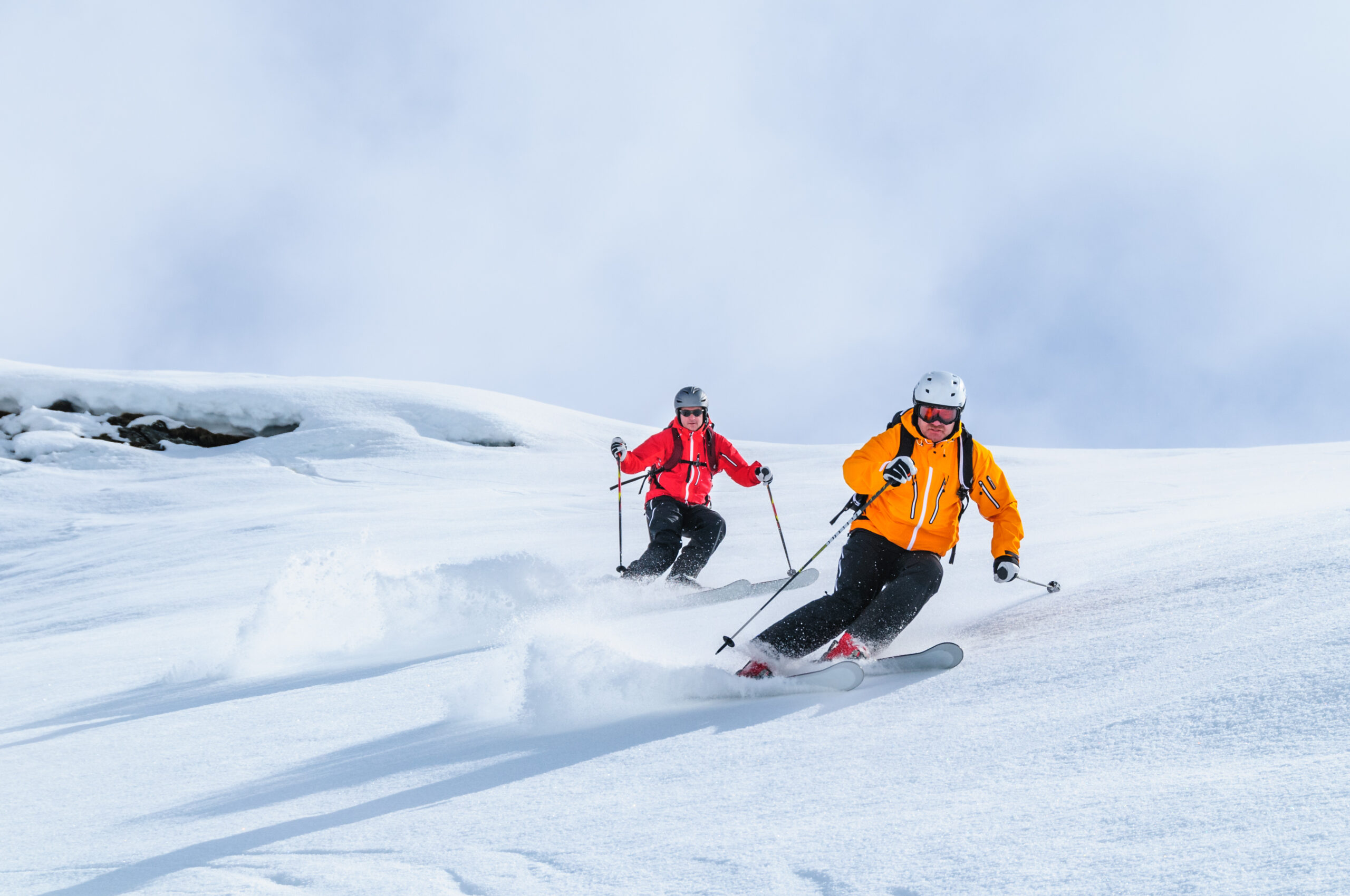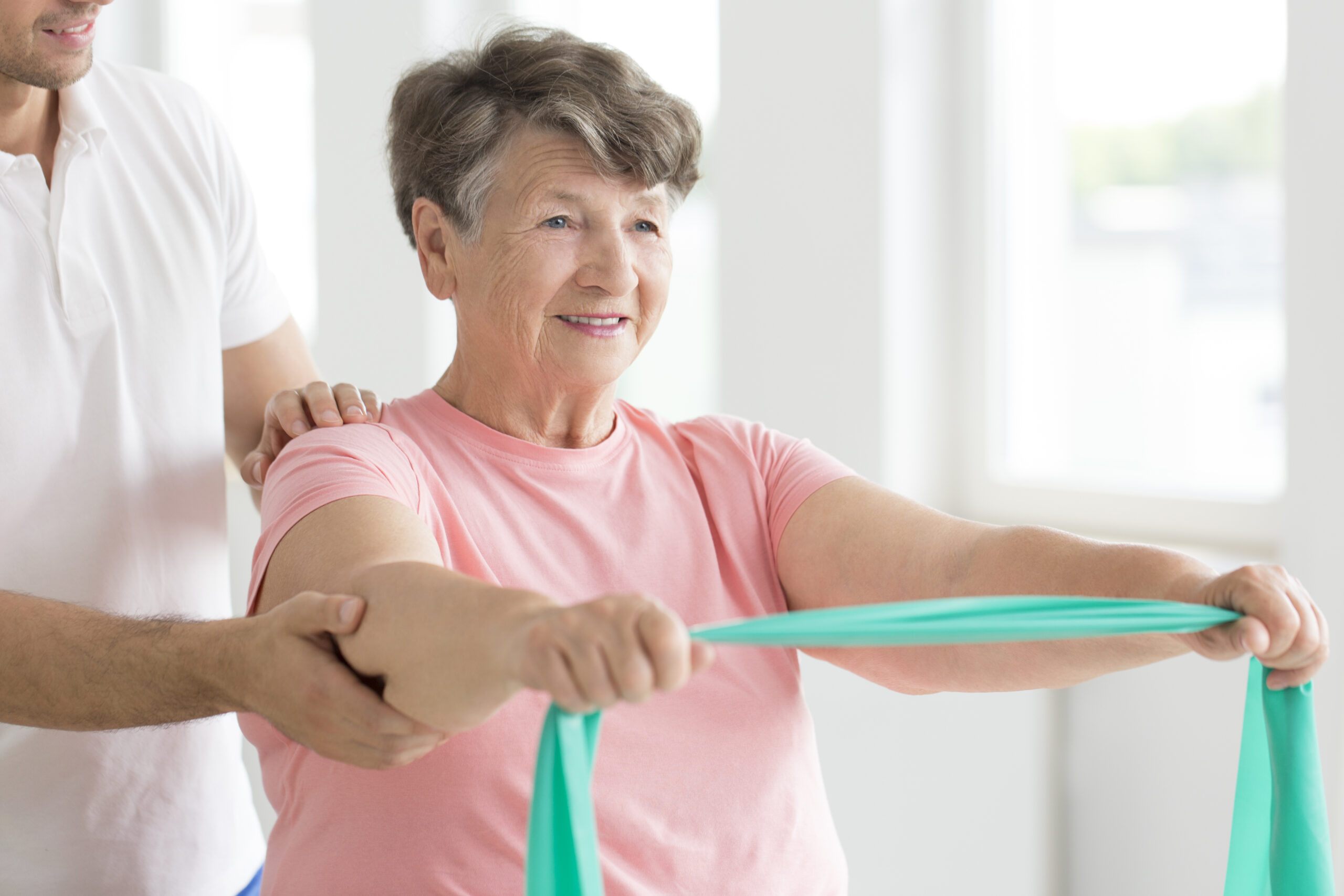Get Ski Ready for the 2026 Northern Hemisphere Season: Your Physio Guide to Staying Strong and Injury-Free
The 2026 Northern Hemisphere ski season is just around the corner, and many of our clients in Cammeray are gearing up for long-awaited trips to Europe, Japan and North America. Whether you are planning to glide through powder in Niseko, tackle the Alps or enjoy family runs in Canada, getting ski ready and preparing your body now is one of the best ways to keep your holiday fun, safe and injury-free.
At Physio On Miller, we see a steady wave of ski-related injuries every year, many of which could have been prevented with the right strength, mobility and conditioning. If you are heading off between December and March, now is the perfect time to start preparing.
Why Ski Preparation Matters More Than You Think
Skiing is a demanding sport. It places high loads on your knees, hips, core and lower back while also challenging balance and reaction time. Most ski injuries happen on day one or two, often because the body is not conditioned for the sudden intensity of skiing.
The most common issues we see include:
- ACL and MCL sprains
- Knee meniscus irritation
- Lower back stiffness
- Shoulder injuries from falls
- Calf and quadriceps strains
- General fatigue due to deconditioning
A well-prepared body helps you ski longer each day, adapt better to different snow conditions and reduce your chance of being sidelined early in your trip.
What You Can Start Doing Now to Get Ski Ready
1. Strengthen Your Legs
Skiing demands strong quads, hamstrings and glutes. Start with:
- Squats and split squats
- Step-ups
- Hamstring bridges
- Wall sits
- Lateral band walks
These build the endurance and stability needed for long downhill runs.
2. Train Your Core
A steady, reactive core helps control your turns and protects your lower back. Key exercises include:
- Planks
- Deadbugs
- Pallof presses
- Glute bridges
3. Boost Your Balance
Snow conditions can change in seconds. Improve your balance with:
- Single-leg stands
- Bosu or wobble board drills
- Dynamic balance challenges like reaching or throwing
4. Work on Mobility
Tight hips, calves or lower backs increase injury risk. Gentle mobility work such as hip flexor stretches, thoracic rotations and calf stretching can make a big difference.
5. Build Your Conditioning
Skiing requires cardiovascular stamina. Try:
- Interval training
- Cycling
- Rowing
- Fast-paced walking uphill
This helps you cope with altitude and multiple back-to-back days on the slopes.
Why Seeing a Physio To Get Ski Ready Can Make a Big Difference
A pre-ski physiotherapy session helps identify weaknesses, imbalances or mobility restrictions that may lead to injury on the snow. At Physio On Miller in Cammeray, we offer ski-specific assessments that focus on:
- Knee control and ligament stability
- Hip and core strength
- Balance and proprioception
- Previous injury management
- Tailored exercise programs
- Hands-on treatment to optimise movement
Many clients also benefit from Clinical Pilates and exercise rehab classes to build full-body control before they travel.
Physio is not only about treating injuries. For skiing, it is about preventing them.
Ready to Ski Strong in 2026?
If you are heading overseas for the ski season, now is the time to start your preparation. Our Cammeray physios can build a personalised strength and mobility plan that supports your technique, protects your body and ensures you enjoy every run of your holiday.
Book your ski-prep physio appointment in Cammeray and get snow-ready with confidence.





